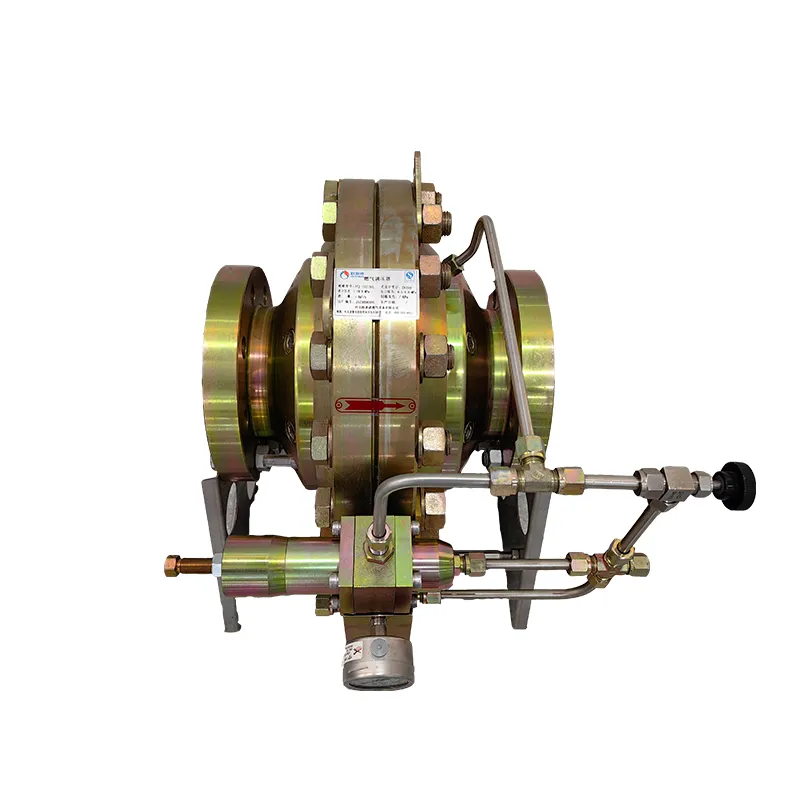
Dec . 16, 2024 10:55
Back to list
Pressure Relief Valve Functionality and Applications in Industrial Systems
Understanding Relief Valves A Crucial Component in Modern Engineering
In various industrial applications, safety and efficiency are paramount. One essential component that ensures both is the relief valve, commonly referred to as a “صمام التنفيس” in Arabic. This device plays a critical role in controlling pressure within systems and protecting equipment from potentially hazardous conditions. Understanding the function, types, and importance of relief valves in different industries can illuminate their significance in modern engineering.
What is a Relief Valve?
A relief valve is a safety device designed to automatically release pressure from a system when it exceeds a predetermined limit. This release helps to prevent catastrophic failures such as explosions or equipment damage. Relief valves are crucial in systems where fluids and gases are pressurized, including boilers, chemical processing plants, and manufacturing processes.
How Do Relief Valves Work?
Relief valves operate based on the principles of pressure differential. When the pressure in a system rises above the preset level, the valve opens, allowing the excess pressure to escape. This can involve releasing steam, gas, or liquid, depending on the application. Once the pressure drops back to a safe level, the valve closes, thereby returning the system to its normal operating conditions.
The functionality is akin to a safety valve on a pressure cooker; if the internal pressure exceeds safe levels, the valve opens to let out steam, preventing the cooker from exploding. This principle is applicable to many industrial settings where pressure management is crucial for operation safety.
Types of Relief Valves
There are several types of relief valves used in various applications
1. Spring-Loaded Relief Valves This is the most common type, where a spring mechanism holds the valve closed until the pressure exceeds a limit, at which point the spring compresses to open the valve.
2. Pilot Operated Relief Valves These valves use a smaller pilot valve to control the opening and closing of a larger main valve. This setup allows for more precise control and is typically used in high-pressure applications.
صمام التنفيس

3. Bursting Discs Unlike traditional relief valves, bursting discs are designed to rupture at a specific pressure, providing a one-time release mechanism. They are often used in scenarios where quick pressure relief is necessary.
4. Safety Valves These are typically used in steam and gas applications and are designed to release pressure quickly and efficiently to prevent system failure.
Importance in Various Industries
Relief valves hold substantial importance across multiple industries. In the chemical manufacturing industry, for instance, the handling of volatile substances requires robust pressure management to prevent accidents that could lead to spills, fires, or explosions. Relief valves ensure that reactors operate safely by controlling the internal pressures.
In the oil and gas industry, relief valves are vital for controlling pressure during drilling and production processes. They help prevent blowouts, which can result in catastrophic environmental disasters and loss of life.
The power generation sector also relies heavily on relief valves, especially in boilers. They play a crucial role in maintaining safe operating conditions and ensuring that the systems do not operate at pressures that could lead to equipment failure or accidents.
Best Practices for Maintenance
To ensure the efficacy of relief valves, routine maintenance and testing are paramount. Regular inspections help to identify any issues such as corrosion, blockages, or mechanical failures. Moreover, it is essential to ensure that the set pressure for the valves remains appropriate as per operational requirements. Documentation and adherence to safety standards are also vital to ensure that these safety devices function correctly.
Conclusion
In conclusion, relief valves, or صمام التنفيس, are indispensable safety devices that protect equipment and personnel in various industries. Understanding their types, functions, and maintenance practices is crucial for engineers and operators alike. As industries continue to evolve, the importance of these devices will only become more pronounced, ensuring safety and efficiency in increasingly complex systems. The integrity of any pressurized system relies on the proper functioning of relief valves, making them a cornerstone of modern engineering safety protocols.
Latest news
-
Safety Valve Spring-Loaded Design Overpressure ProtectionNewsJul.25,2025
-
Precision Voltage Regulator AC5 Accuracy Grade PerformanceNewsJul.25,2025
-
Natural Gas Pressure Regulating Skid Industrial Pipeline ApplicationsNewsJul.25,2025
-
Natural Gas Filter Stainless Steel Mesh Element DesignNewsJul.25,2025
-
Gas Pressure Regulator Valve Direct-Acting Spring-Loaded DesignNewsJul.25,2025
-
Decompression Equipment Multi-Stage Heat Exchange System DesignNewsJul.25,2025

